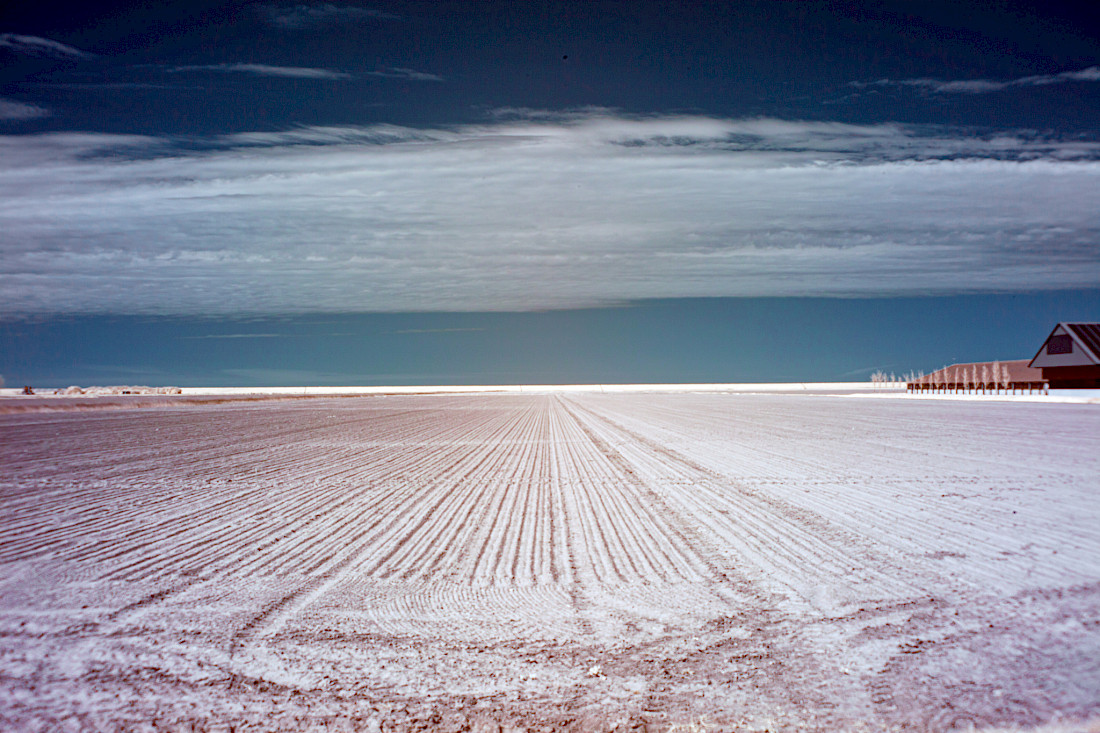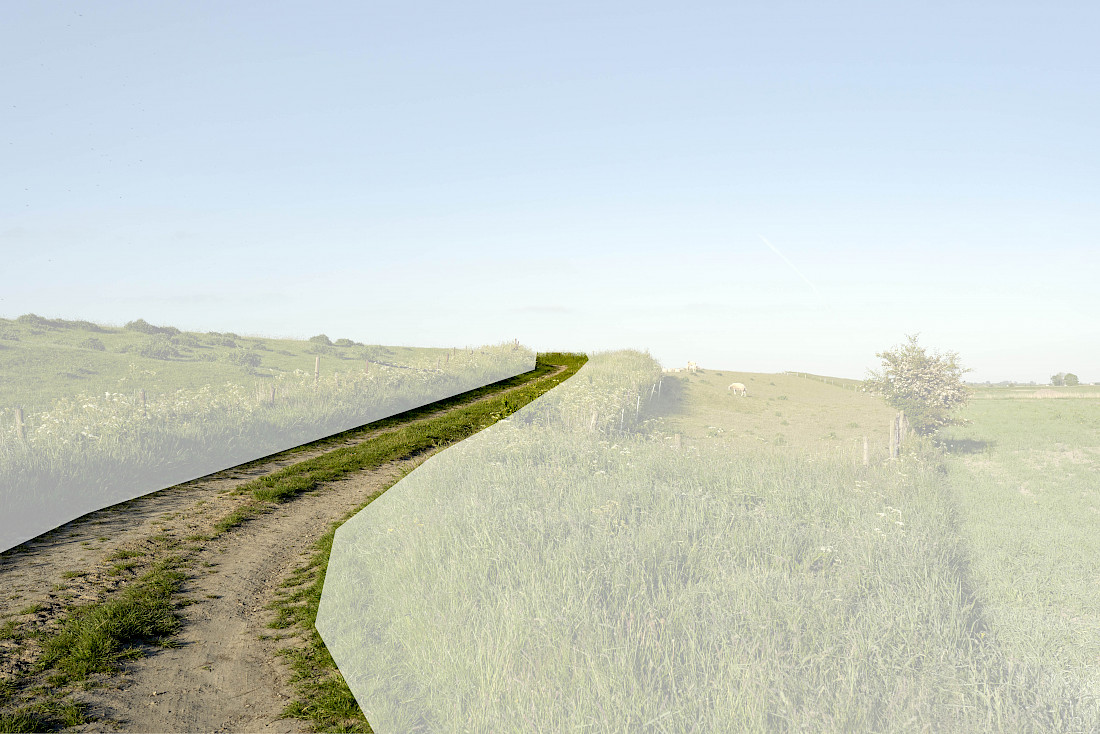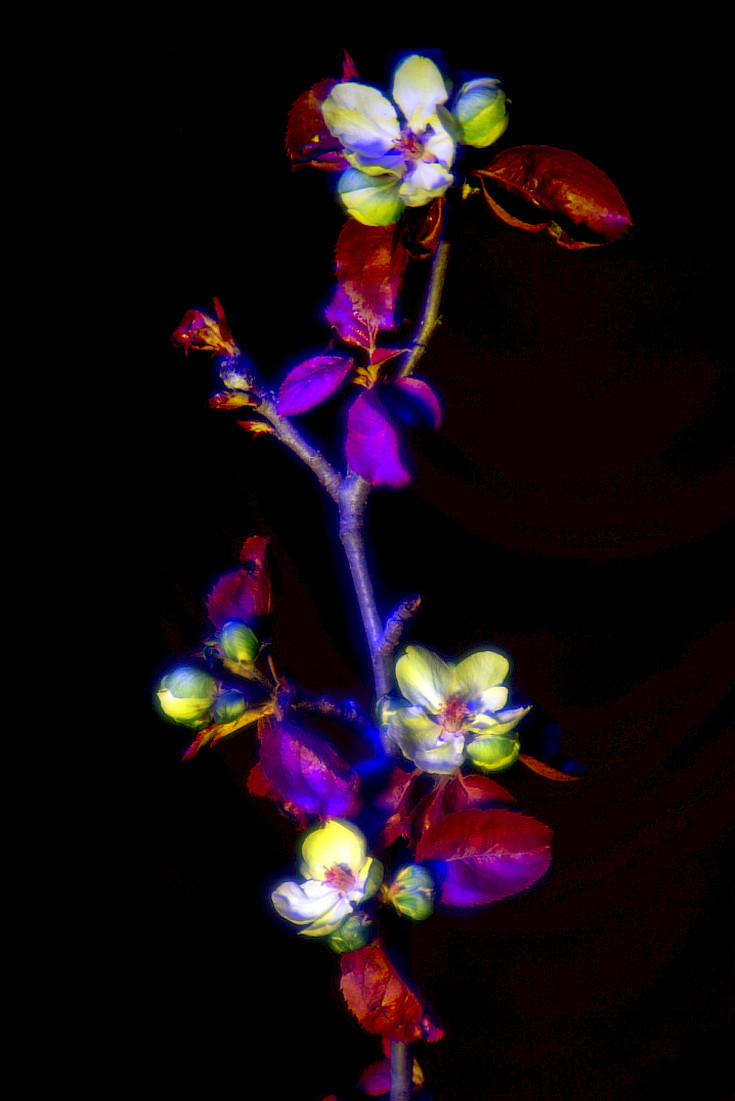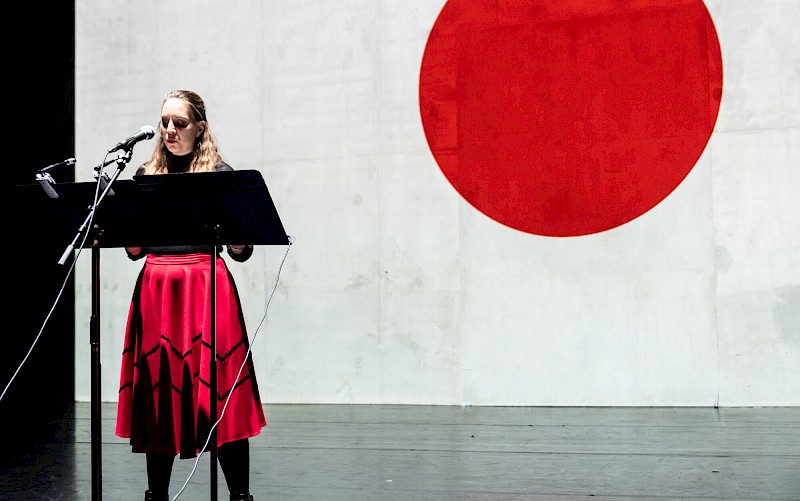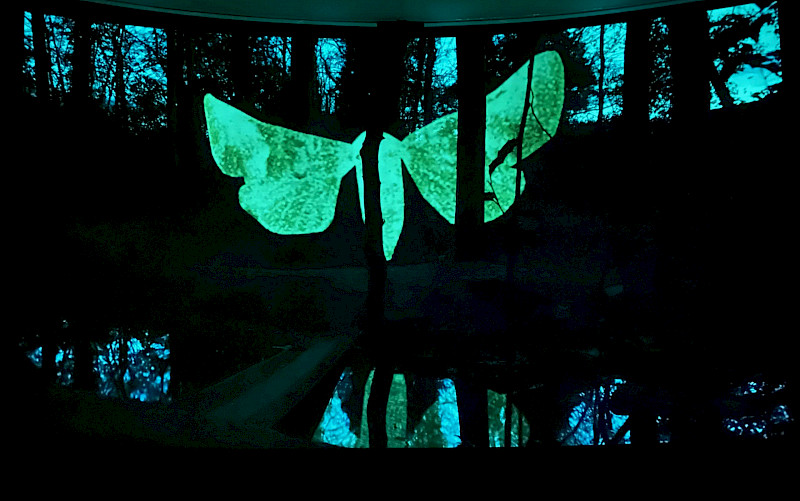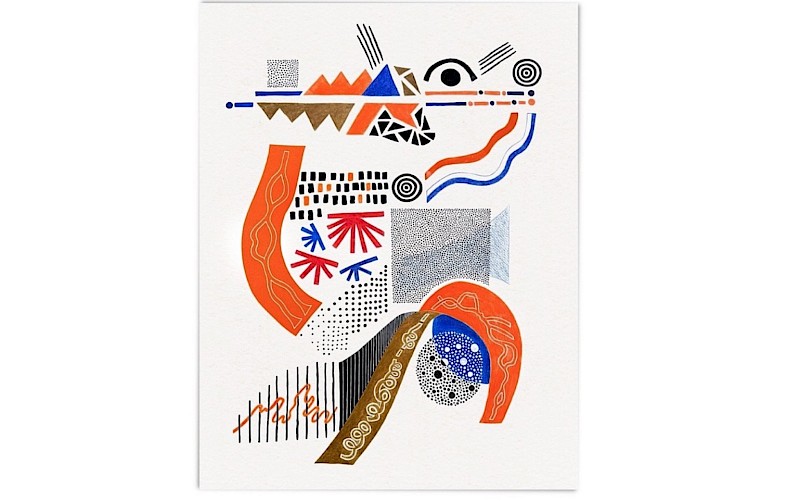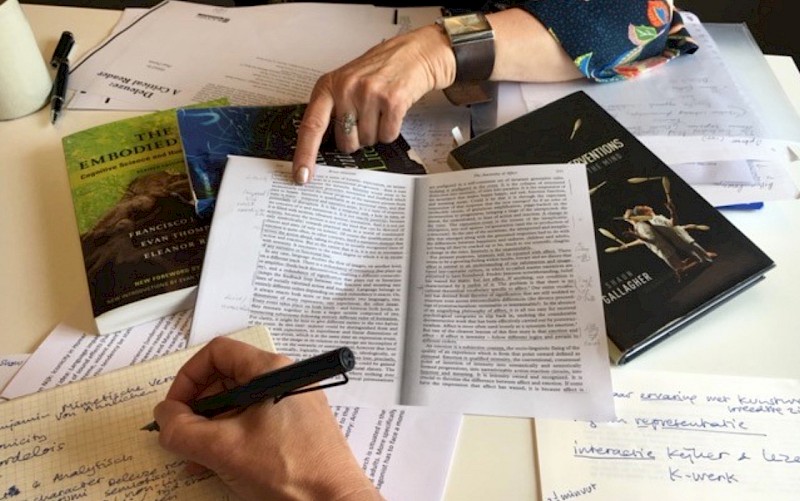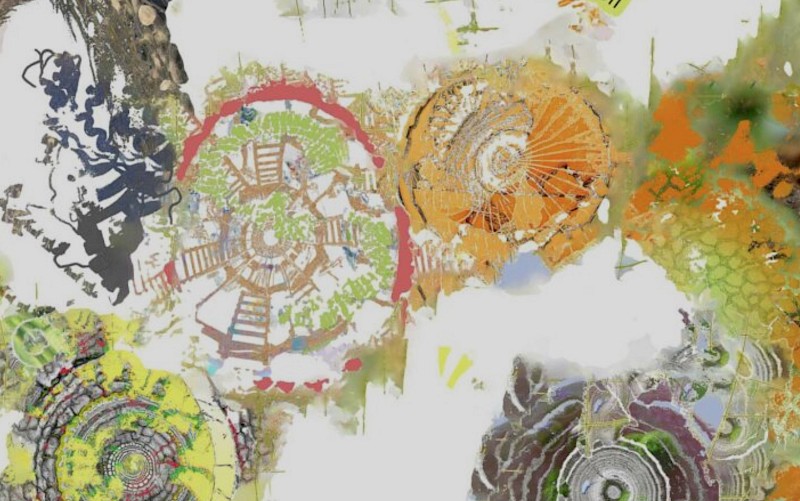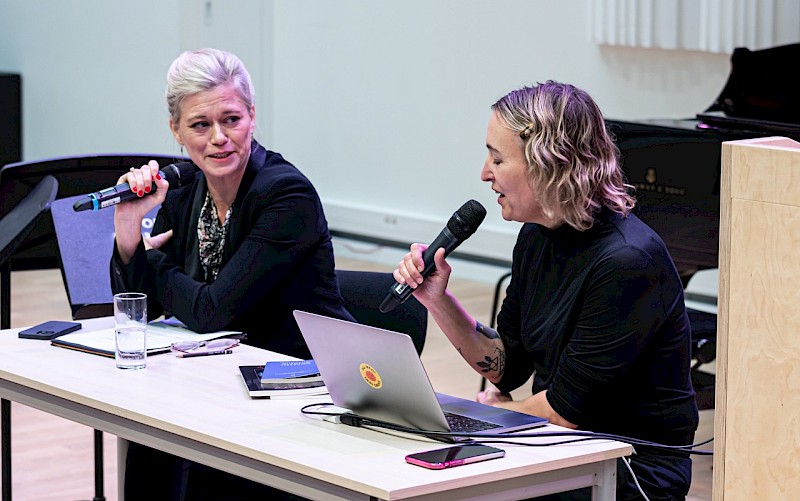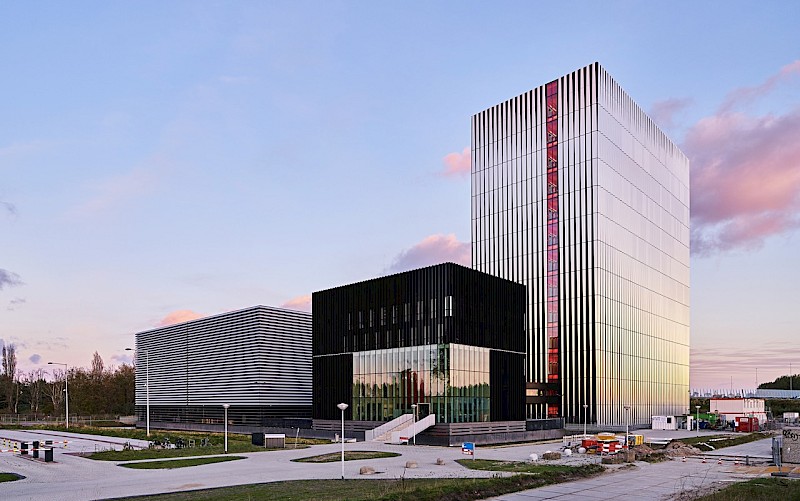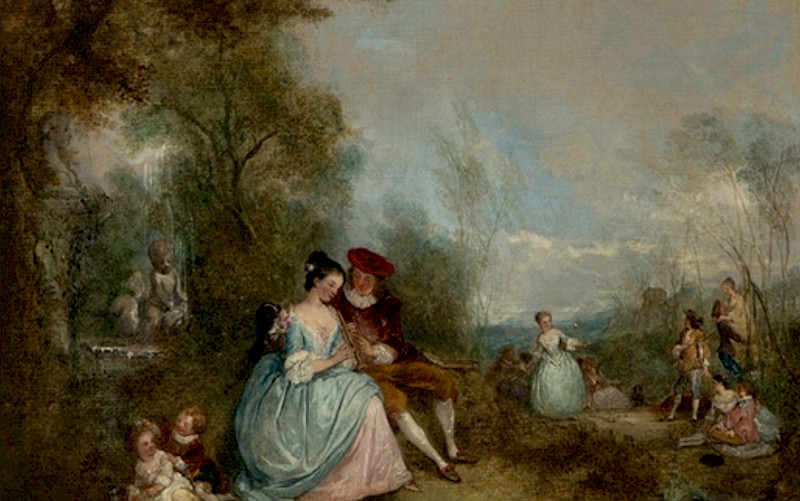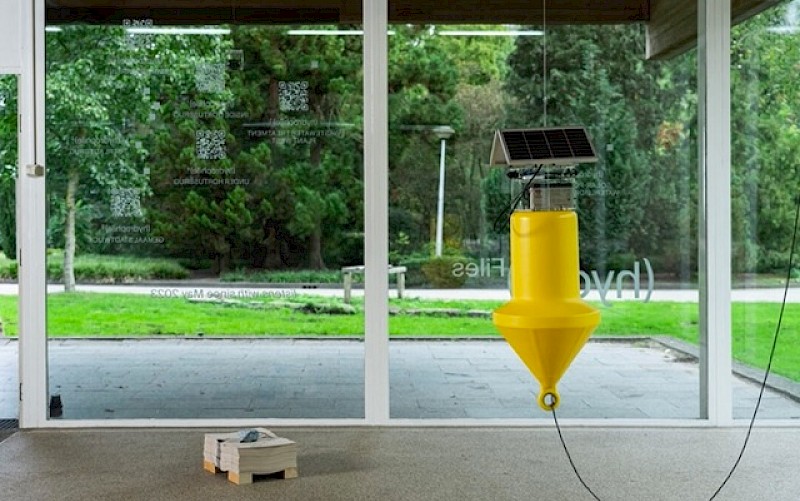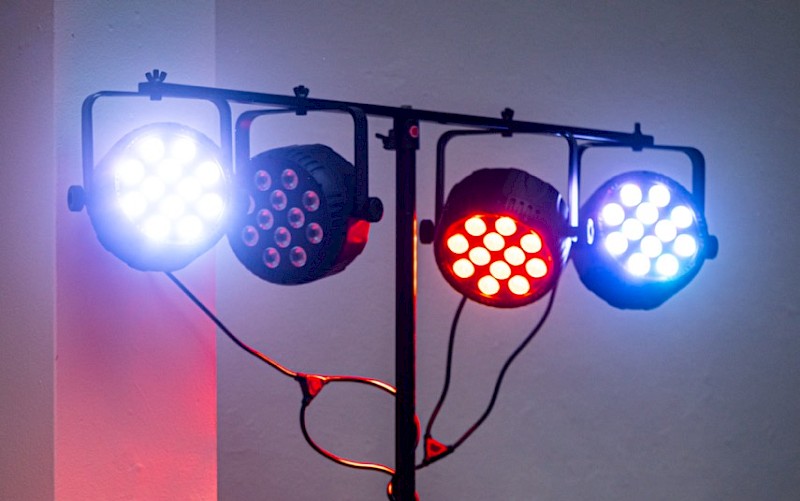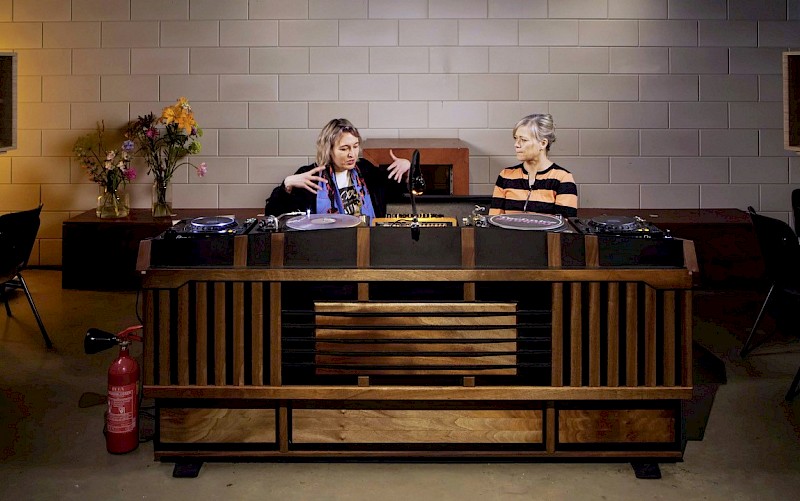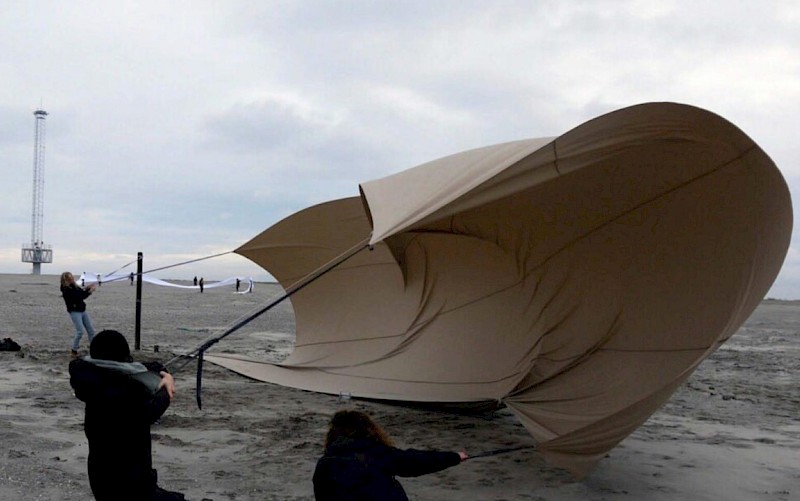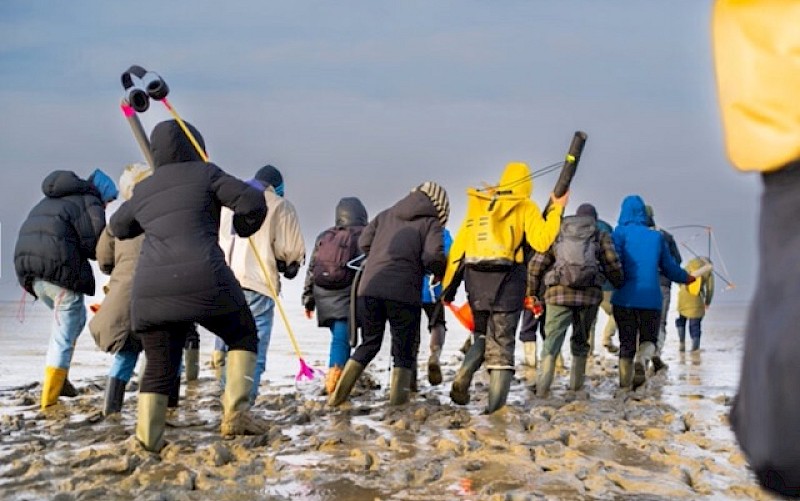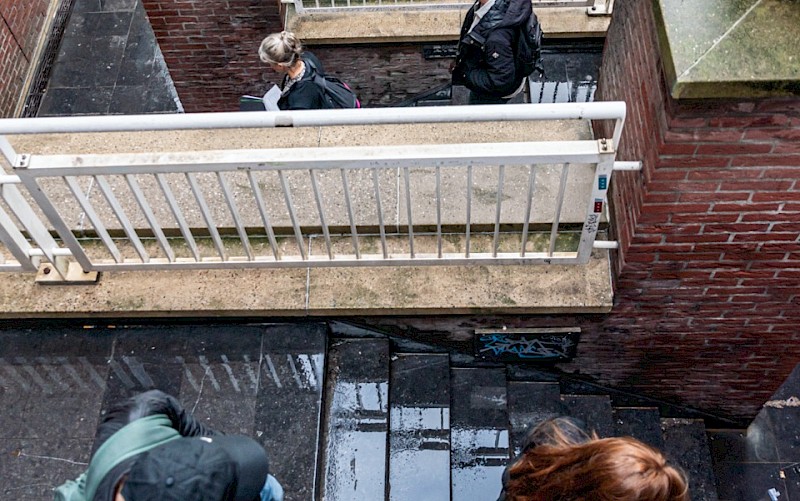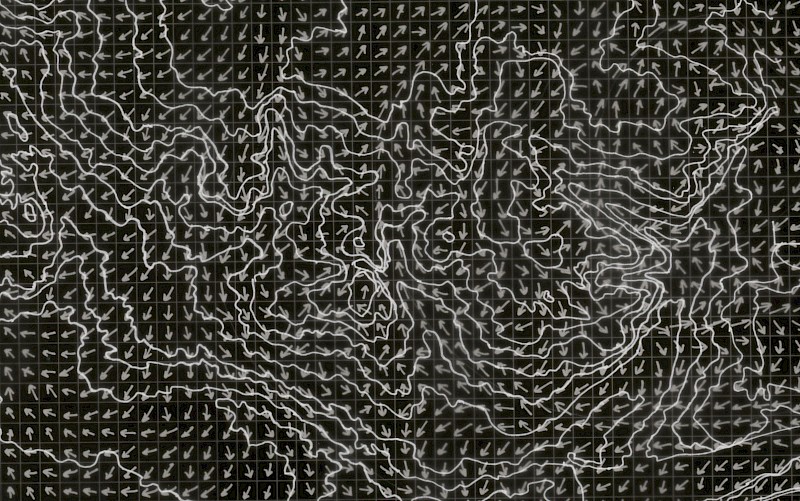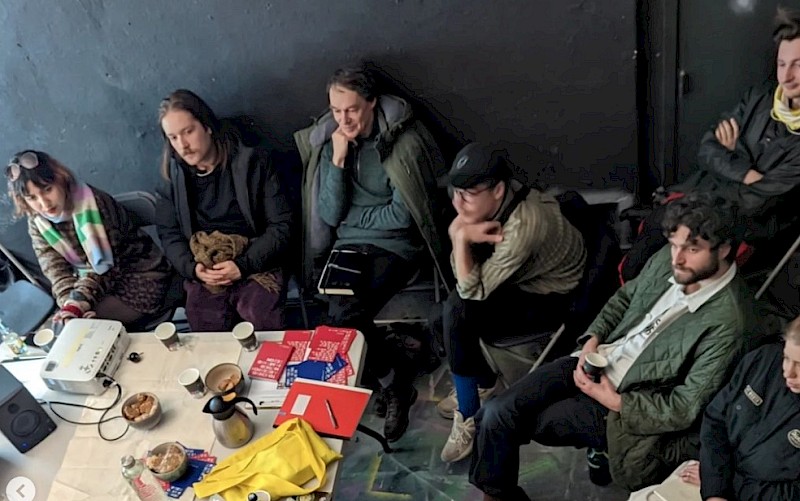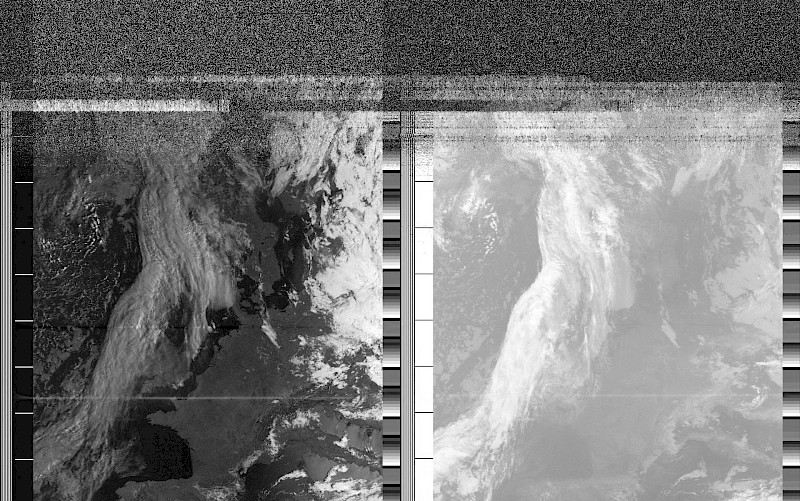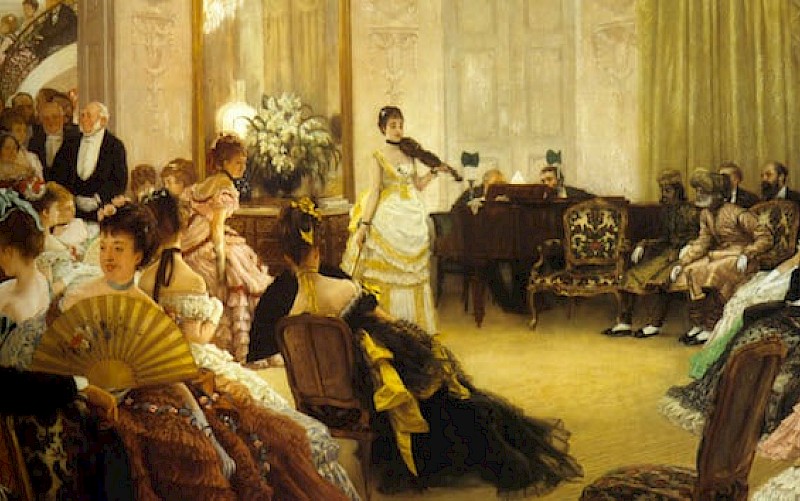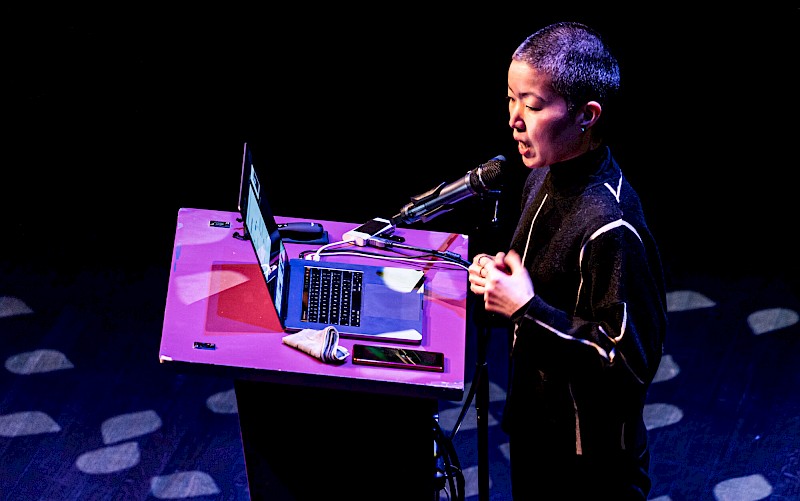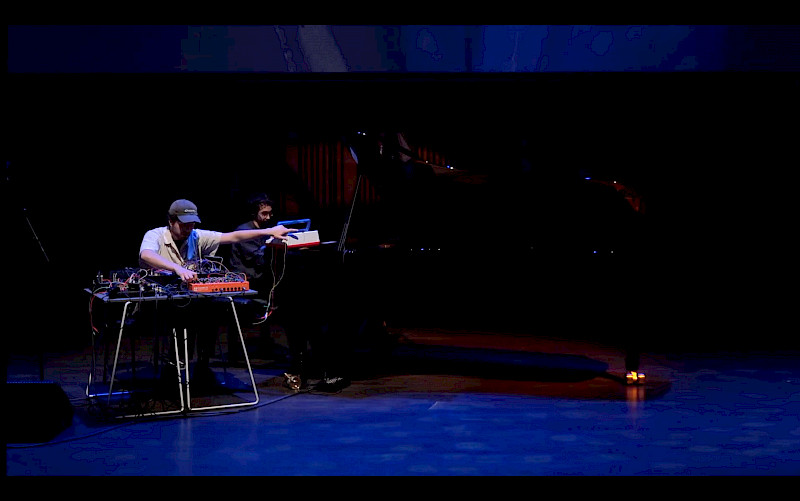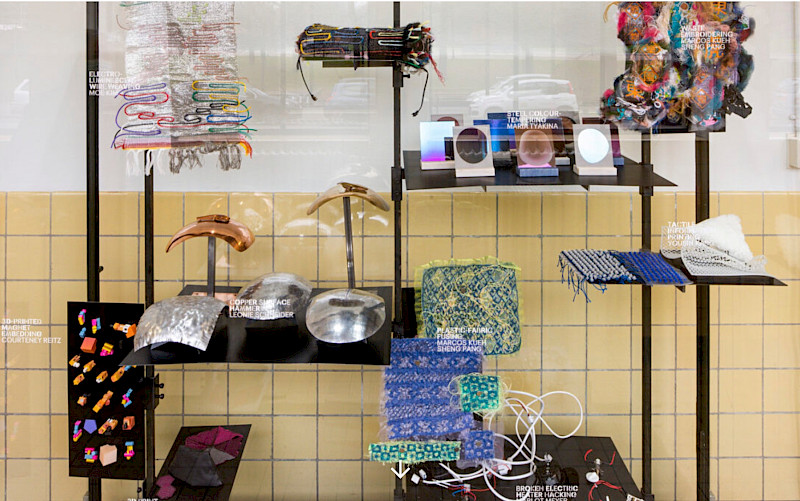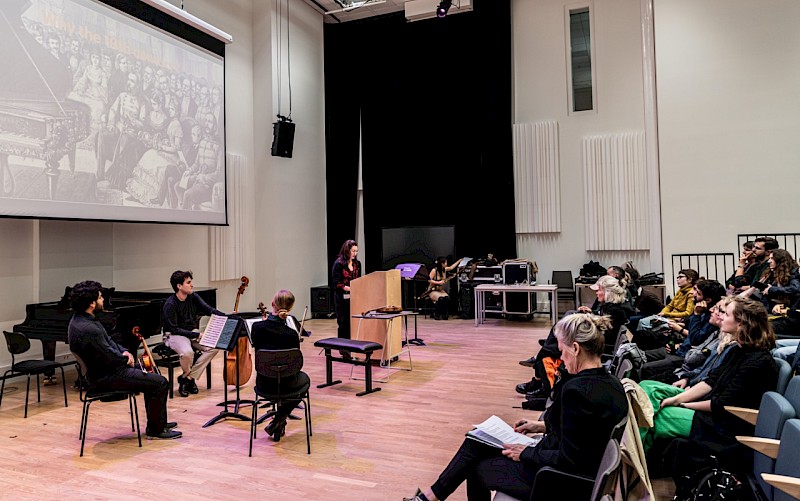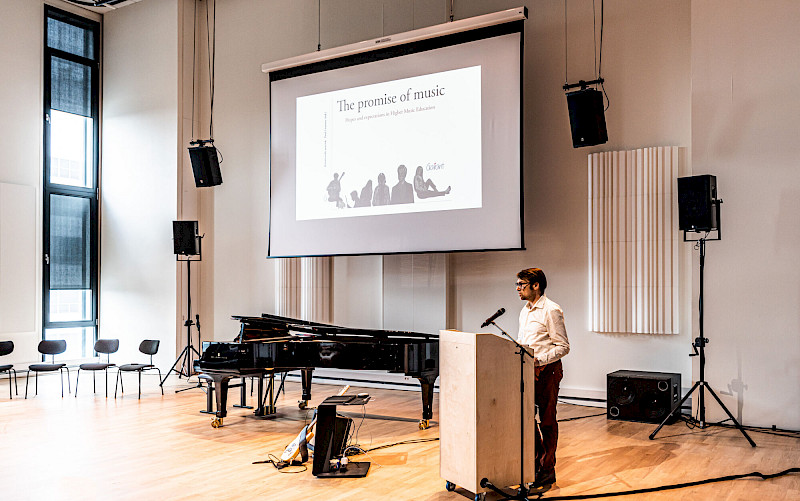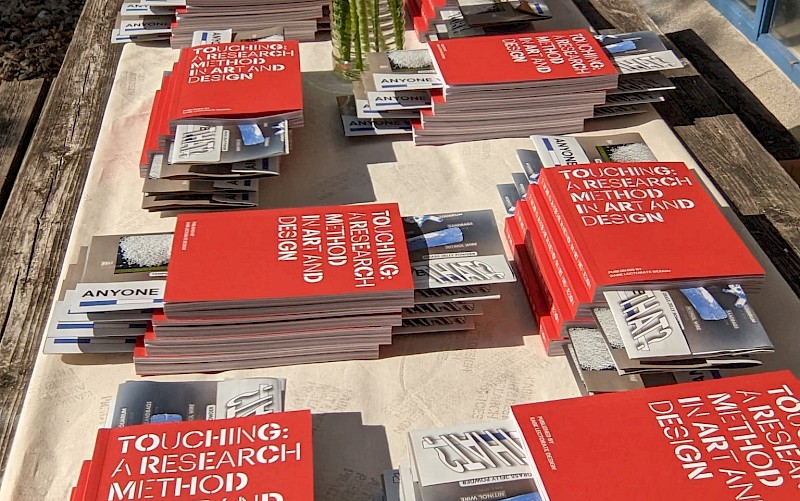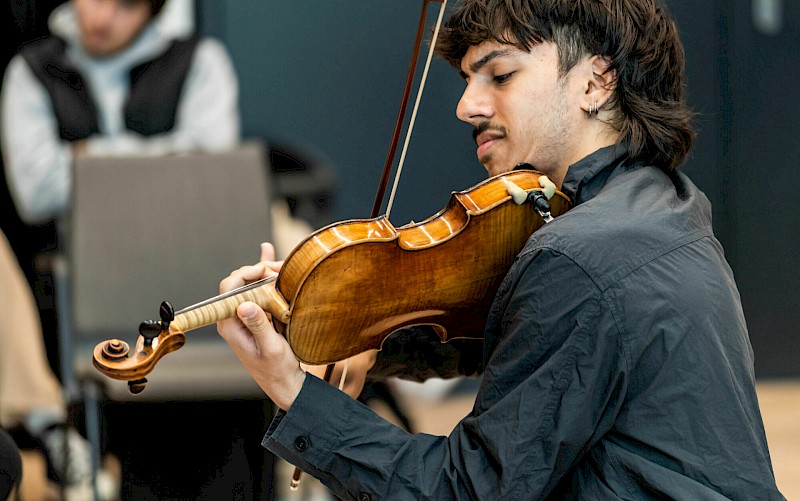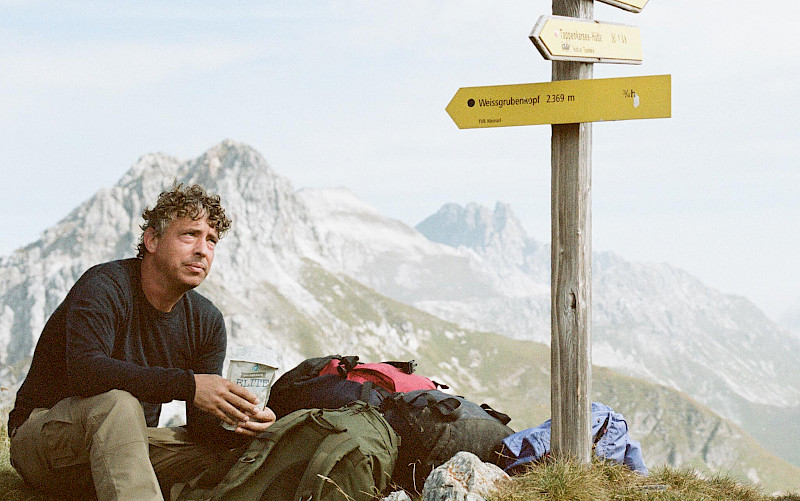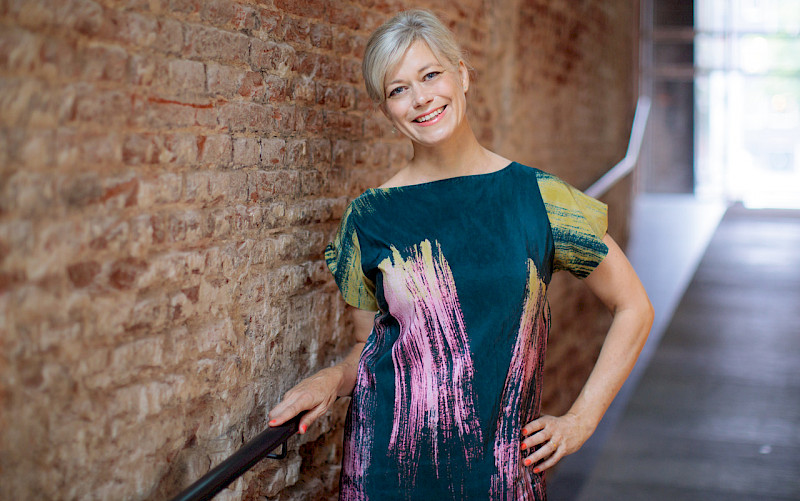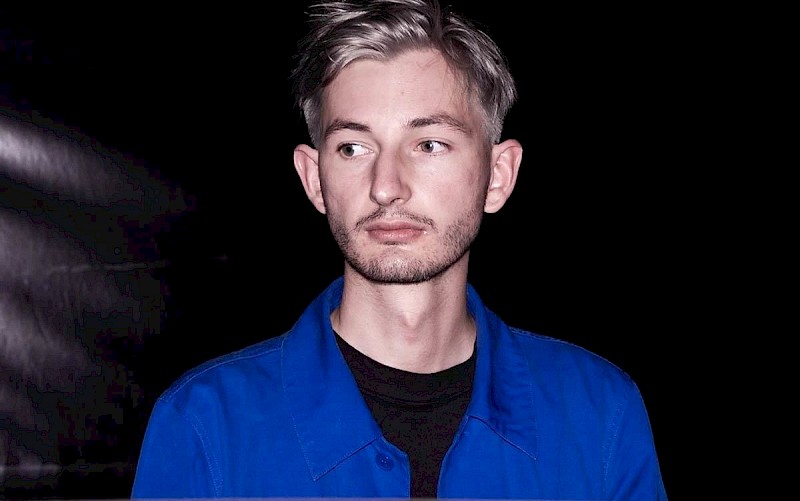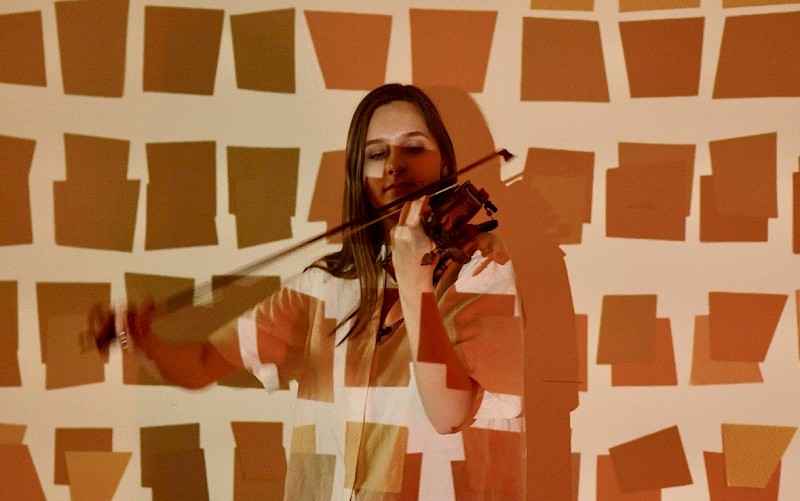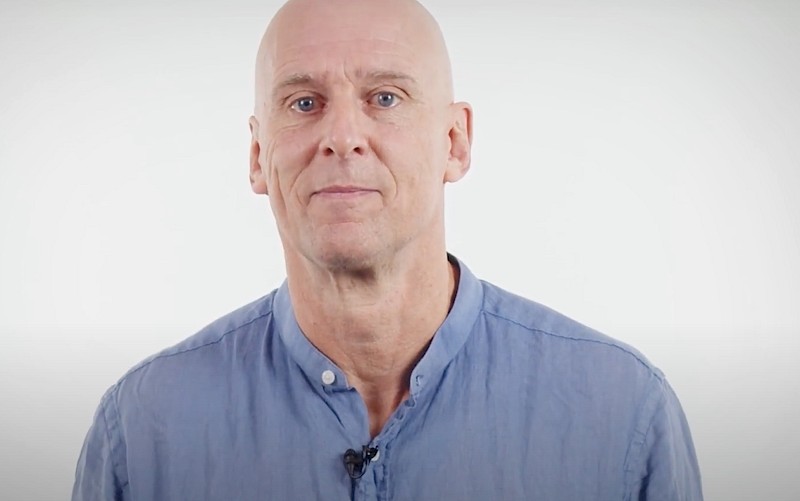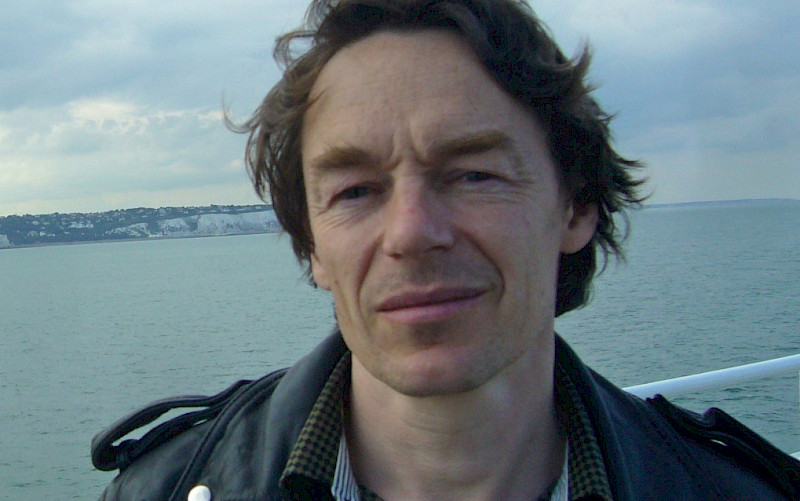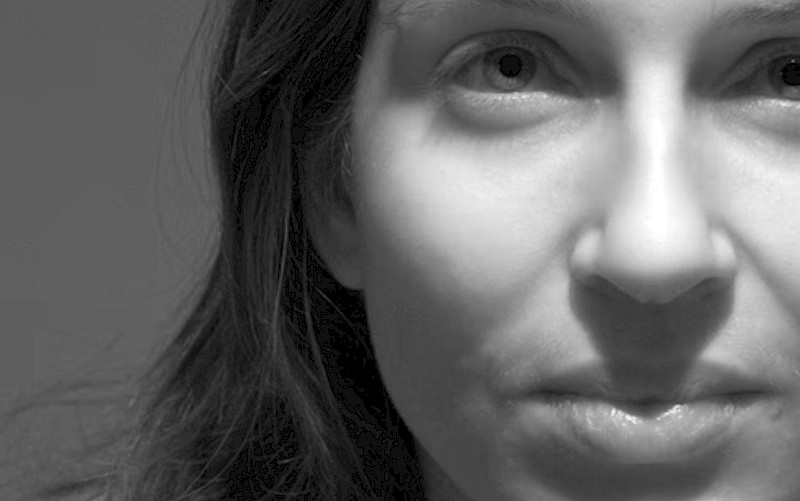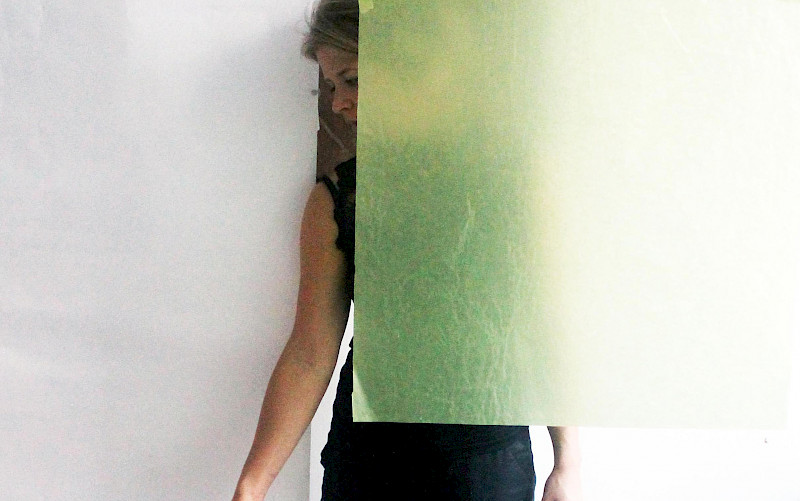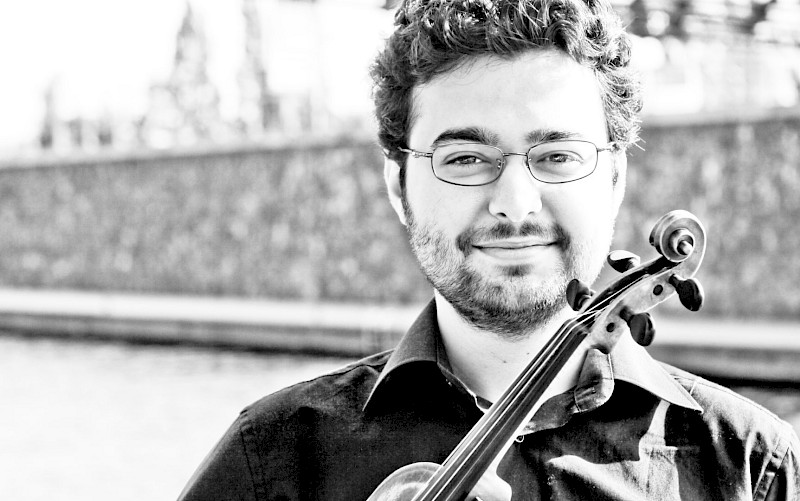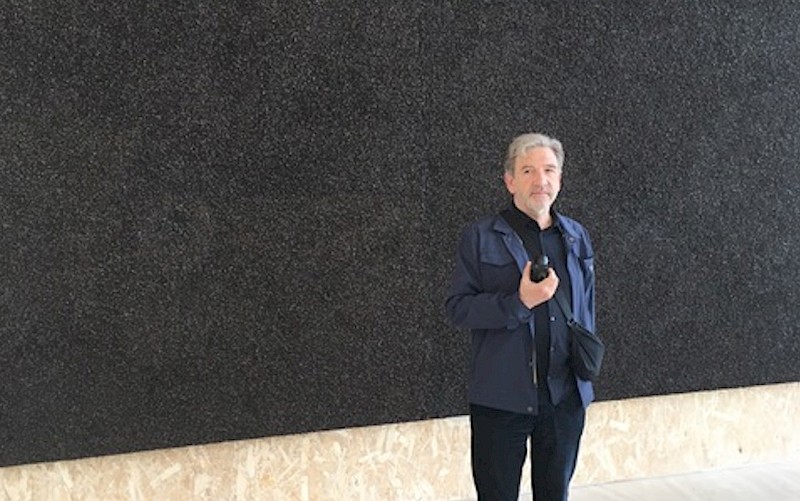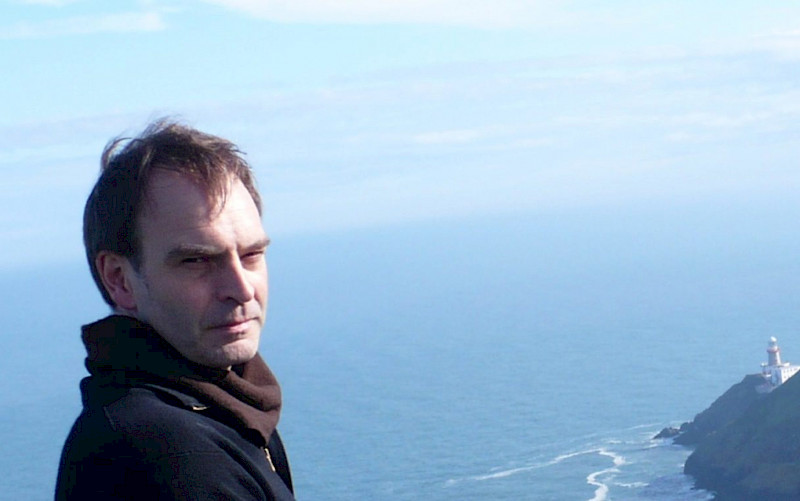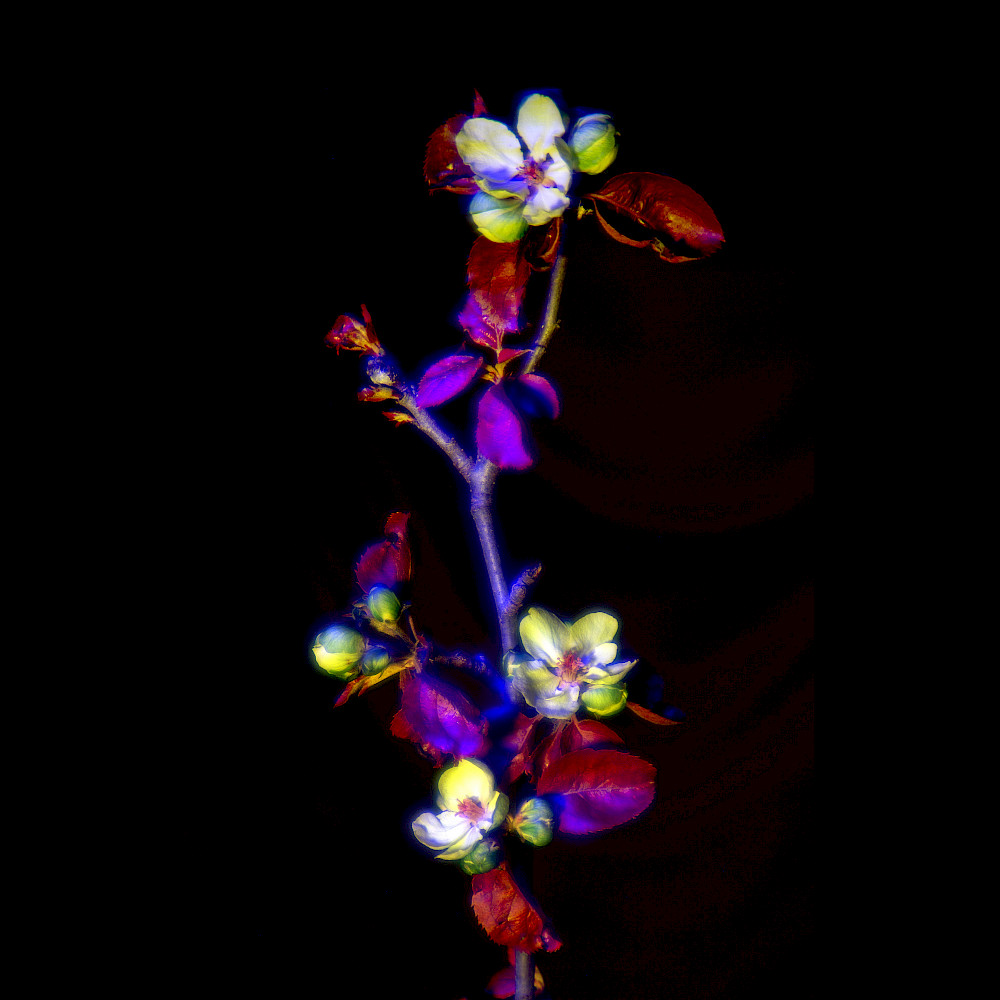
The Balance of a Landscape
The research The Balance of a Landscape, a stakeholder analyse on the Noordpolder wants to encourage deeper scrutiny of the impact of humans on the landscape and enhance discourse about humanity as part of a larger living system in order to make good decisions about how we live and impact the non-human world.
“A natural agricultural landscape consists of extensive farming with small plots, a lot of roughness, water, various crops, flowers and bushes. The Montagu's Harrier needs the agricultural landscape.”
Jitty Hakkert, who works for the foundation Grauwe Kiekendief - Kenniscentrum Akkervogels.
Australian philosopher Val Plumwood states that there are two central tasks for the ‘ecological humanities’. One is to resituate the human within the environment, the second to resituate nonhumans within cultural and ethical domains. The Balance of a Landscape, a stakeholder analyse on the Noordpolder wants to encourage deeper scrutiny of the impact of humans on the landscape and enhance discourse about humanity as part of a larger living system in order to make good decisions about how we live and impact the non-human world. By combining the practice of photography, walking as research method in combination with stakeholder analysis, this project aims to visualize the interests of nonhuman life. and gives starting points for the redesign of a landscape to promote a better understanding of different perspectives and interests of both human as well nonhuman.
The starting point of The Balance of a Landscape is the landscape seen from the front porch of the Atelier aan de Middendijk, where Dirk-Jan Visser has his studio, a small farmhouse surrounded by large-scale agro-industrial monoculture in the Noordpolder in Groningen. He uses walking as embodied research. With different stakeholders, representatives of the non-human world (birds, insects, animals, soil, water) and with individuals representing the position of the human parties (farmers, tourists, residents), He will walk a specific route on the Middendijk, the green ribbon in the Noordpolder, which also borders his garden. While walking and talking about the interest that my fellow wanderer represents, the conversations and the photographs collected during these walks should lead to insights regarding different stakeholders and their interests. Through photography he aims to visualize and map these interests of both human as well nonhuman.
Dirk-Jan Visser started this research during the participation in the research group of the lectorate Design of 2020.
